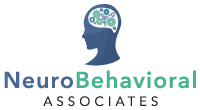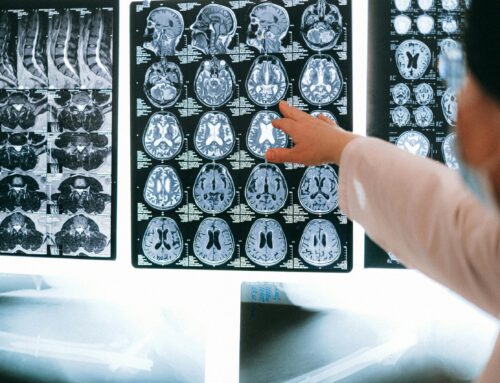We live in a world where sexuality and gender is more discussed than ever before, especially among adolescents and teenagers. With resources and support like clubs, community organizers, social media, and representation in media, more young people are feeling comfortable to explore their identity and who they love. It may seem that Gen Z is the most LGBTQ generation yet, but reports show that anxiety and depression are still particularly prevalent among LGBTQ youth.
According to a 2021 National Survey by The Trevor Project (1), 72% of LGBTQ youth between the ages of 13 and 24 reported experiencing symptoms of anxiety and 62% reported symptoms of major depressive disorder. More worrying was the report that 42% reported considering or attempting suicide.
Does COVID-19 Play a Role?
Of the LGBTQ youth surveyed, over 80% said that COVID-19 made their living situation more stressful. Though 1 in 3 claimed that their family was LGBTQ-affirming, lockdowns and social distancing have made it difficult for many LGBTQ teens to have the support system they might have had in school or with friends who live outside their home. For those who do not live in affirming homes or who might be in the closet, staying home could easily lead to feelings of shame, anxiety, and depression.
Depression and Anxiety in Transgender and Nonbinary Youth
Anxiety and depression is shown to be especially prevalent in transgender and nonbinary youth. According to the National Alliance on Mental Illness, transgender individuals are four times as likely to experience mental illness compared to cisgender individuals, and twice as likely to experience depressive symptoms compared to cisgender LGB youth.(2) The Trevor Project survey also showed that half of the surveyed transgender and non-binary youth considered or attempted suicide in 2021.
Part of the reason may come down to violence against the transgender community. Multiple studies have shown that transgender and gender-nonconforming individuals are four times more likely to be victims of violent crime than cisgender individuals.(3)
Transgender individuals are those who identify with a different gender than the gender they were assigned at birth. More recently the topic of discussion are nonbinary identities, or gender identities that do not fall within the gender binary of male or female. Nonbinary individuals may still use he or she pronouns, or they may use gender neutral pronouns like “they/them” or “xe/xir.”
Correct pronouns are an essential part of affirming transgender or non-binary identities. The Trevor Project found that trans and non-binary youths who lived in homes where their pronouns were respected were half as likely to attempt suicide as those who did not. They also found that transgender and nonbinary youth who were able to change their name and gender marker on legal documents, such as driver’s licenses, were less likely to attempt suicide.
The Effect Of Social Media
The effect of social media has been a mixed one. LGBTQ topics are frequently discussed across social media, and most teens are active on at least one platform. According to The Trevor Project, 96% said that social media had a positive effect on their mental health, but 88% percent said that it had a negative effect. Clearly, even those being surveyed had mixed feelings.
On the positive side of things, social media can offer a community and affirmation to LGBTQ teens, especially when they struggle to be affirmed in their home. During COVID-19, social media offered a way to stay in touch with their friends. It may even have introduced them to resources they might not otherwise have known about.
But social media puts the news in front of our eyes at all times, often before that news has been verified by credible sources. “Doomscrolling” — continuing to run through your news feed even when it’s having a negative impact on your mood — is common, especially on Twitter or Facebook. Political and environmental conflicts displayed in social media can have a negative impact on anyone’s mental health. Social media also offers a degree of anonymity, which can lead to trolls and bullying.
Can Therapy Help?
Of the youth surveyed by The Trevor Project, nearly half stated that they wanted to go to counseling or therapy but did not have the resources to do so. In some cases, they weren’t out to their family or their family denied them therapy or counseling. In other cases, it was an issue of finances.
LGBTQ individuals often need LGBTQ-affirming therapy or counseling, which may not always be available or they might not know of its availability. If you are a parent of an LGBTQ teen interested in finding counseling for them, it’s a good idea to ask about the counselor or therapist’s experience with their identity.
Do you have an LGBTQ teen who might be struggling with anxiety or depression? NeuroBehavioral Associates can help with assessments and parent resources to help you better understand how to help your child. Contact us today to learn more or to set up an appointment.
References:
- National Survey on LGBTQ Youth Mental Health 2021 – The Trevor Project
- LGBTQI – NAMI: National Alliance on Mental Illness
- Transgender people over four times more likely than cisgender people to be victims of violent crime – UCLA School of Law: Williams Institute






